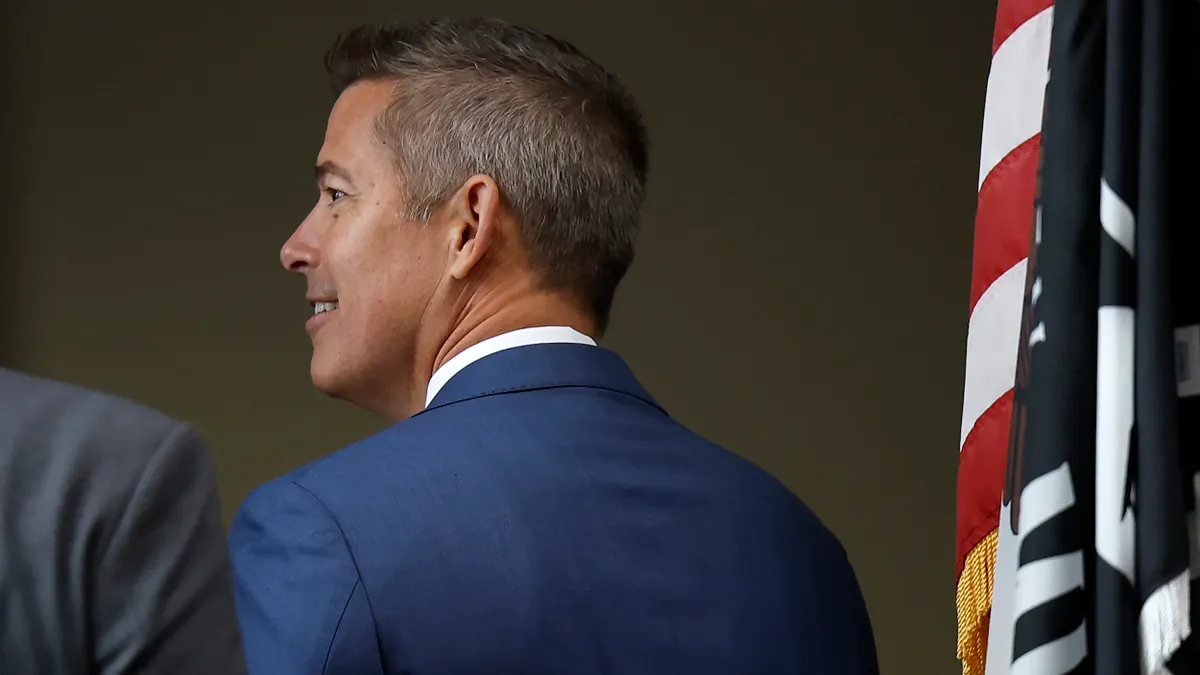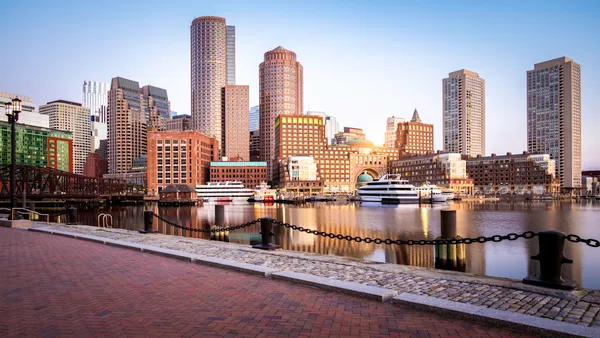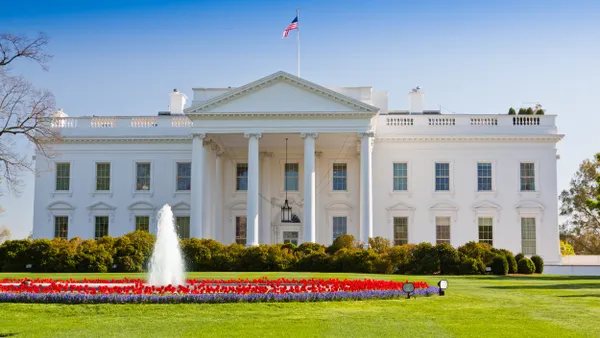As 2024 sets record highs for early summertime temperatures, city leaders once again find themselves at the frontline, grappling with the impacts of extreme heat on their communities. Historically, local governments have been behind the curve in implementing comprehensive strategies to combat heat. But the escalating issue of extreme summer heat has mandated a shift from reaction to action.
Here’s a look at how municipal institutions are channeling their facility and energy spending to create robust, long-term resilience strategies against extreme heat.
Infrastructure-driven extreme heat mitigation tactics
Local governments and federal agencies alike are working to establish better, more coordinated approaches to tackling extreme heat. We’re seeing communities find success with innovative community heat resilience strategies like:
- Comprehensive heat response planning, forecasting and monitoring – More cities are adding Chief Heat Officers who are tasked with gathering heat data to develop heat action plans, raising community awareness and coordinating cross-departmental heat initiatives. City leaders can now also utilize “HeatRisk,” a forecasting tool recently released by the National Weather Service and the CDC that monitors for dangerous local temperatures up to a week in advance.
- Addressing deferred maintenance in public buildings – Modern, well-weatherized facilities are key to safeguarding critical public services from disruptions due to extreme heat. Addressing deferred maintenance to aging HVAC systems and leaky building envelopes are two high impact areas for city facility planners to get started. Energy efficiency measures also serve to minimize waste heat, which contributes to higher temperatures in dense areas.
- Mitigating urban heat islands with smart facility improvements – Cool roofs and thermal barrier coatings that curtail heat absorption can help keep buildings more comfortable. Planting greenery, including green roofs and walls, and installing artificial shading will provide natural cooling. The expansion of parks, preservation of existing trees, and green stormwater infrastructure are larger scale initiatives being used to mitigate urban heat while also preserving natural resources.
Rethink municipal energy strategy to support heat resilience
Since the deadly heat wave in the Pacific Northwest in 2021, power outages due to extreme temperatures have become commonplace. With two-thirds of North America now at risk of energy shortfalls during high summer heat, proactive energy resiliency strategies are vital to avoiding significant public impact.
Here are areas where local governments are reassessing energy strategy in the face of extreme heat:
- Reducing energy demand - Energy efficiency improvements and the use of renewable energy sources can lessen the stress on electricity systems during times of peak energy demand. Energy efficiency improvements like repairing building envelopes, automating buildings, and retrofitting LED lighting, among others, can lead to a 30-40% reduction in energy usage. In conjunction, renewables like solar energy can be produced and used onsite, offsetting the amount of power that needs to be drawn from the grid.
- Reevaluating performance standards – Infrastructure performance should be reassessed against current climate data. According to ASHRAE, HVAC system designs that are based on old climate data pose a risk because they might not be able to maintain safe indoor environmental conditions. In contrast, new research shows meeting or exceeding current codes can improve habitability by up to 140% during heat waves.
- Creating self-sufficient critical services – When power outages inevitably occur, citizens rely heavily on public services to stay safe from the dangerous heat. Renewable energy in conjunction with a microgrid system can maintain power supply for critical services during prolonged grid interruptions, even allowing public buildings to “island” off the grid and operate independently for days.
Funding crucial heat resilience upgrades
For many local governments, access to funding is the major hurdle to implementing heat resilience initiatives. The U.S. Department of Energy (DOE) has heavily supported Energy Savings Performance Contracting (ESPC) as an effective financing mechanism for enhancing energy efficiency and modernizing public buildings. Resilience improvements are well positioned to allow institutions to capture significant cost savings for reinvestment through ESPCs.
In addition, unprecedented levels of federal funding are currently available that can be applied to heat mitigation projects. Through the National Oceanic and Atmospheric Administration (NOAA)’s annual Urban Heat Island Mapping program, local governments can apply for funding and technical assistance to support community heat mapping campaigns. The Inflation Reduction Act (IRA) makes the clean energy Investment Tax Credit (ITC) available to local and state government agencies for the first time, meaning they can now receive a direct rebate of 30% for installing onsite solar. The IRA also offers several applicable competitive grant programs for heat mitigation projects and urban tree planting. To explore IRA grant opportunities, visit the National League of Cities’ "Rebuilding America: Tracking Federal Investment in Local Infrastructure Projects" dashboard.
Taking a proactive approach to extreme heat
NOAA reports that 2023 was the hottest year on record, and 2024 has a one in three chance to top it. Only by taking a proactive approach to extreme heat resilience can cities continue to fulfill their mission to protect and provide vital services to the community.
With a plethora of federal funding now available to modernize infrastructure and energy systems, now is the time to act. Take the first step to incorporate resilient infrastructure into your long-term goals by reading our guide, Built to Last: A Sustainable Infrastructure Primer for Local Governments.










